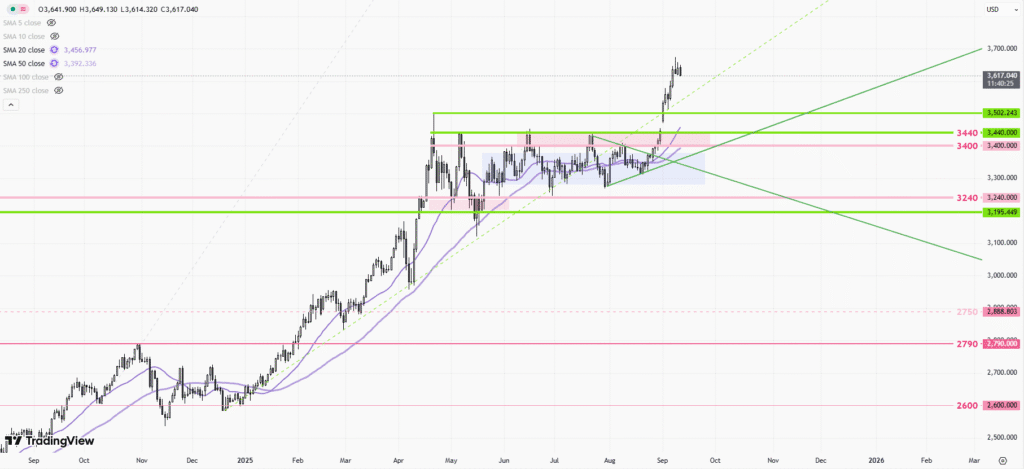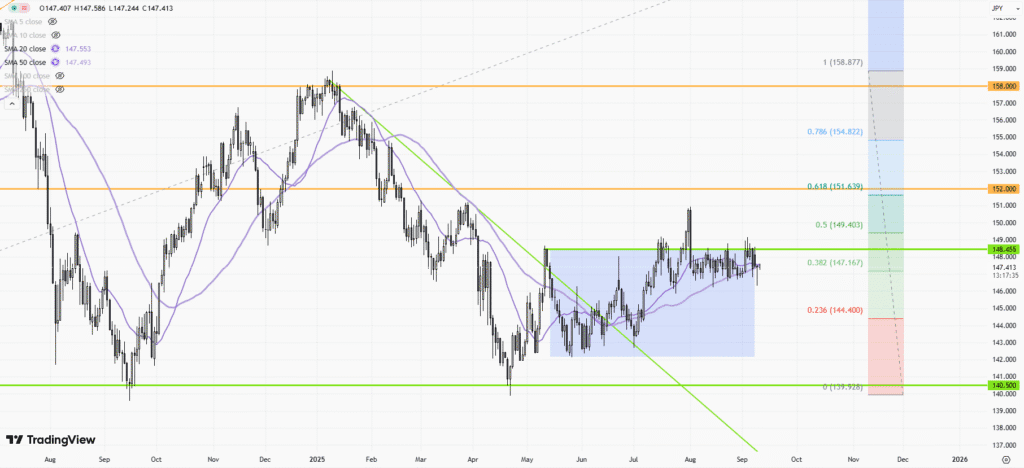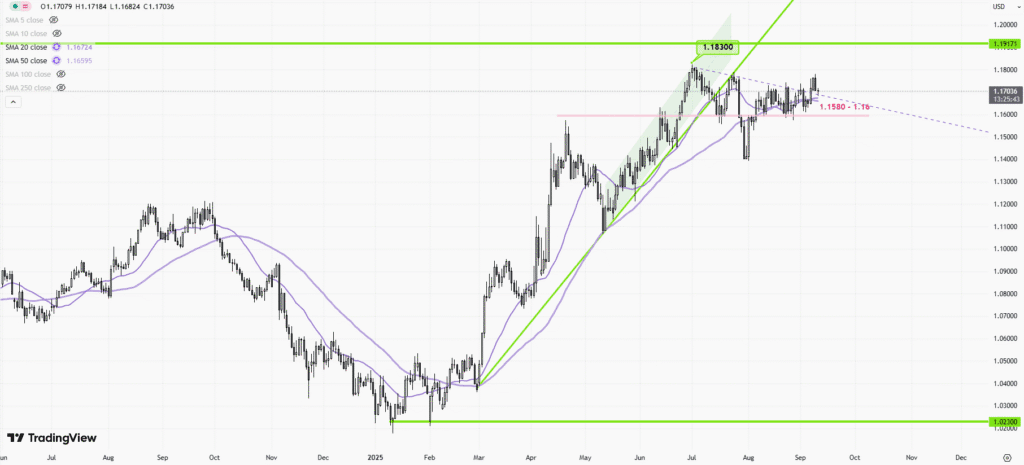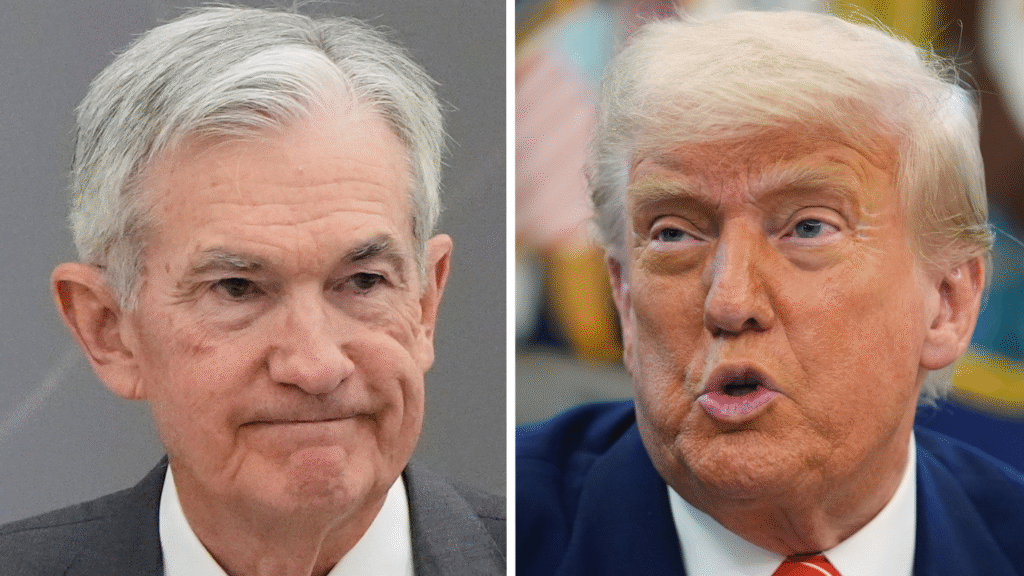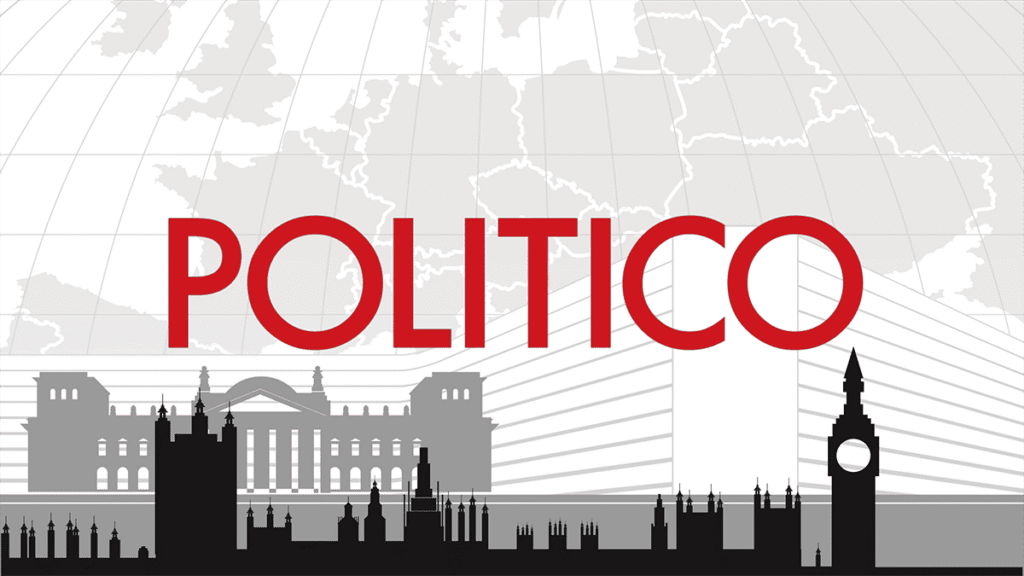 |
| Gold V.1.3.1 signal Telegram Channel (English) |
Rising Healthcare Utilization in 2025 Drives Record Health Insurance Costs and Industry Responses

Rising Healthcare Utilization in 2025 Drives Record Health Insurance Costs and Industry Responses
2025-07-28 @ 19:54
Health insurance companies are facing a significant challenge in 2025: more people are actively using their health plans, driving up costs at a pace faster than anticipated. Following years of delayed care during the pandemic, patients are now seeking more treatments, routine screenings, and elective procedures. This rebound in healthcare utilization is pushing claims and overall spending to new highs, forcing insurers to reevaluate their strategies.
Industry analysts note that national healthcare spending is expected to increase by over 7% this year—outpacing general economic growth. Much of this spike is attributed to higher rates of doctor visits, hospital stays, and increased use of expensive specialty drugs. Employers providing health benefits are bracing for nearly 8% higher health costs, marking the sharpest annual jump in over a decade. While inflation and labor costs play a part, the primary driver is simply that people are using their insurance more.
In response, insurers and employers are looking at multiple approaches to control spending. There’s a growing interest in innovative health plan designs that offer consumers more clarity and predictability, such as fixed co-pay plans and high-performing provider networks. Tools like Individual Coverage Health Reimbursement Arrangements (ICHRAs) are gaining traction, allowing employers to shift to defined-contribution models where employees shop for their own coverage. At the same time, regulatory mandates are increasing pressure on insurers and hospitals to post transparent pricing, giving patients and employers more power to compare costs and make informed decisions.
Despite these efforts, the cost burden remains a top concern. Many Americans already report difficulty affording care and prescription drugs. With healthcare claiming a larger share of household and national budgets, the industry is under urgent pressure to find solutions that balance rising demand with long-term affordability. As 2025 unfolds, how the insurance sector adapts could shape coverage and care for years to come.


